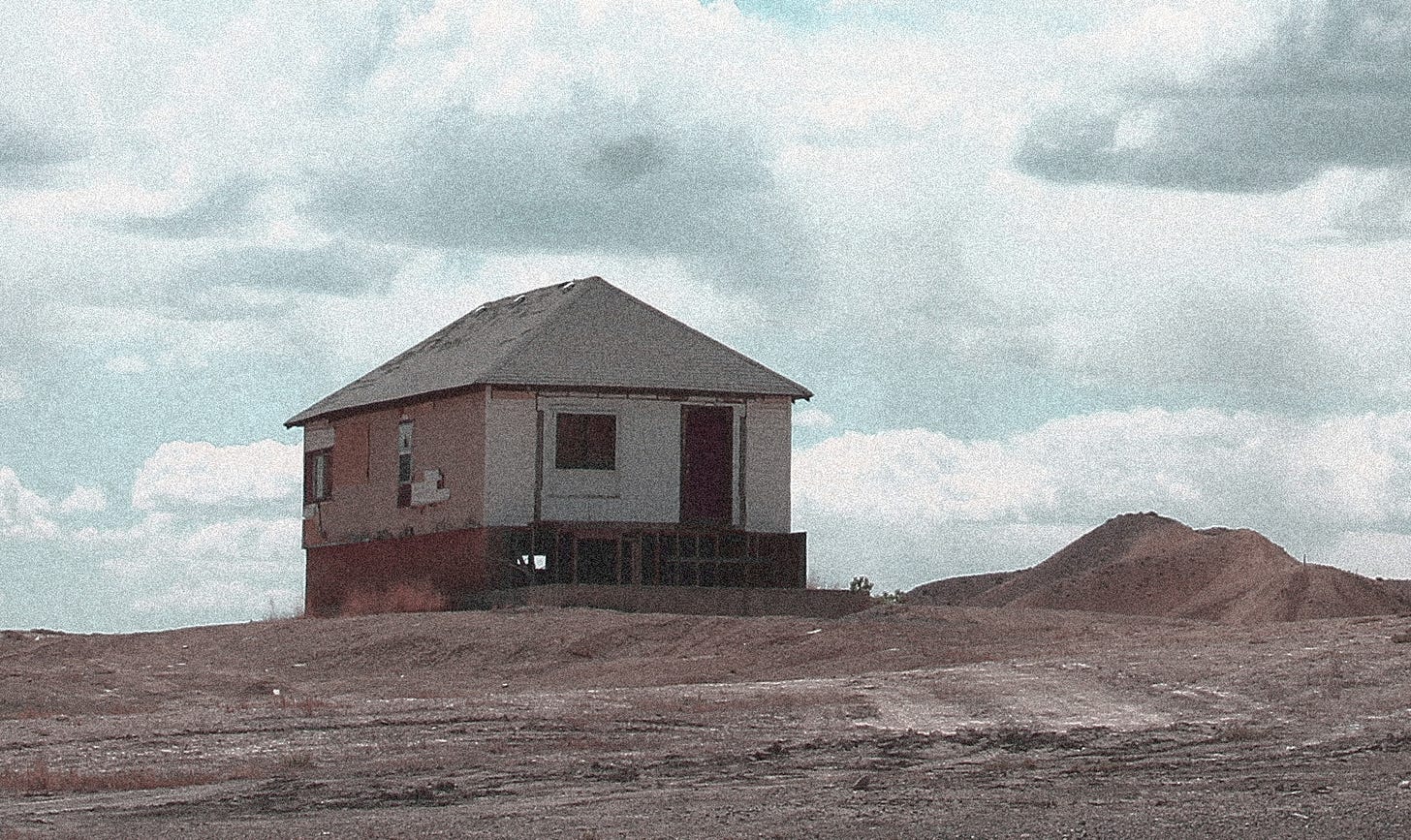Addenda to On the supply-side housing theory
Plus: a new episode of Messing with Maps
🏠 Real Estate Room 🤑
Last week’s dispatch on supply-side housing theory really drew a response, and some of those responses stirred up all kinds of new thoughts in my aging brain and so, at the risk of boring you all with a bit of redundancy, I figured I’d use this opportunity to add a bit more to the conversation.
As I said before, I’m not arguing th…
Keep reading with a 7-day free trial
Subscribe to The Land Desk to keep reading this post and get 7 days of free access to the full post archives.


